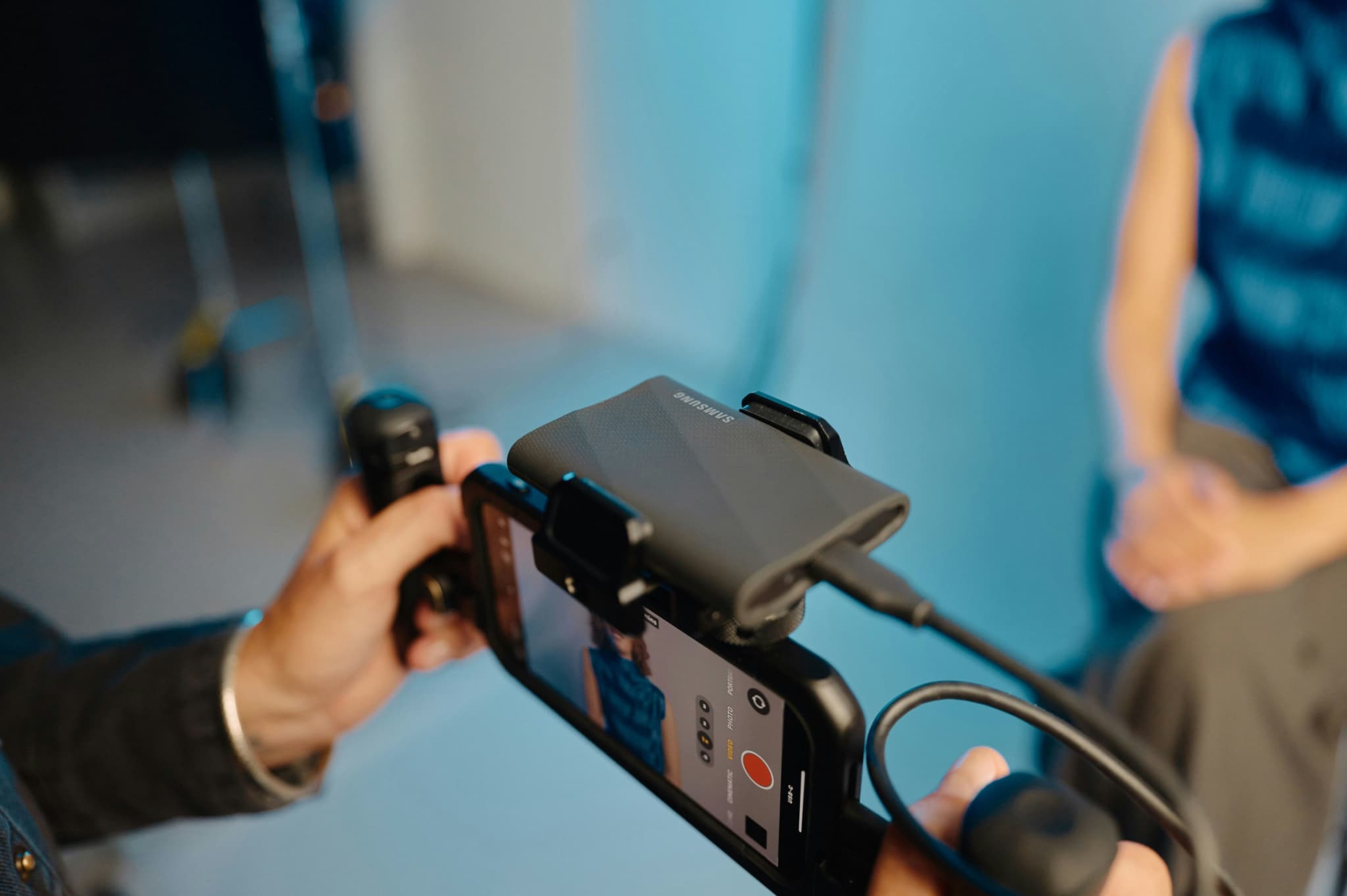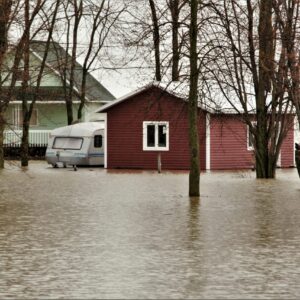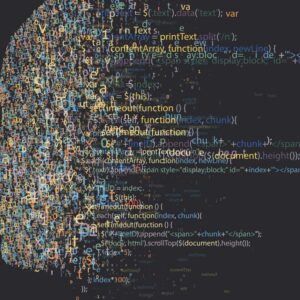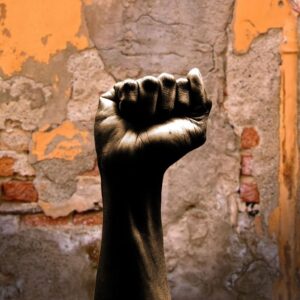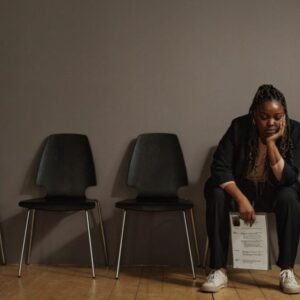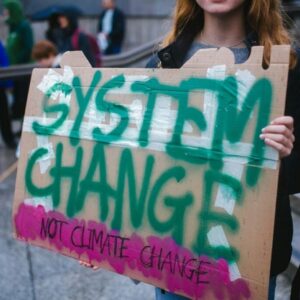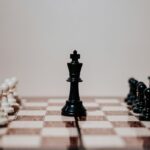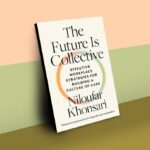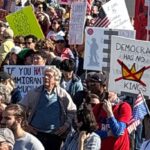
Thousands of “No Kings” protests took place this past weekend throughout the United States—as well as in France, England, Germany, and Portugal. With an estimated 7 million people protesting nationwide, the protests represented not just a show of solidarity but, for many organizers, an opportunity to engage communities, groups, and individuals who might be otherwise disengaged from participation in civil society.
Justin Kwasa, the democracy program director at the League of Conservation Voters, an organization dedicated to democracy and climate protections, told NPQ that he wanted people to find a sense of hope and purpose in joining this past weekend’s demonstrations.
“We are expecting to march, to convene peacefully with joy….We are using our voice,” he said the day before the protests.
Why Did the “No Kings” Movement Form?
The “No Kings” protests began in June as a rebuttal to President Trump’s throwing a military parade in honor of his birthday, which many saw as imitating similar shows of commanded obeisance in authoritarian countries. Protests were organized for the same day to denounce the president’s treatment of immigrants, attacks on higher education, and mass layoffs of federal employees.
Since then, the administration’s agenda has been further rolled out, with the president sending (and continually threatening to send) the US National Guard to Democrat-led cities; newly empowered agents of US Immigration and Customs Enforcement (ICE) running roughshod over civil liberties as they target and detain people of color, regardless of immigration status or citizenship; and an aggressive agenda of punishment and retribution for individuals and nonpartisan nonprofit organizations disfavored by the president and his allies.
Building Opportunities for Engagement
“It isn’t just what happens on the day, but it is the engagement and mobilization afterwards.”
Crises create new pathways to engage the public. When President Donald Trump was first elected in 2016, communities responded by organizing a massive Women’s March. Millions went to the streets and marched for civil rights in one of the largest single-day protests in US history.
A surge in local and regional organizing followed that election as well. Groups like the Democratic Socialists of America saw a surge in interest and membership from 2016 into 2017. New grassroots organizations formed, such as Indivisible, which has become a major force in organizing progressive resistance to the Trump agenda, including the “No Kings” protests.
In a recent interview with CBS News, Ezra Levin, co-executive director of Indivisible, said, “The real judge of success of an event like this is not just how big that day was but how many people are able to join and get involved in real, on-the-ground work wherever they are.” Levin went on to suggest that there would be an eventual third “No Kings” protest to continue to bring more people into the fold of civic action, and an October 21 mass call to “talk about what comes next.”
“No single person cares only about housing, only cares about healthcare, only cares about the environment.”
Such broad-based and multi-cause events are valuable not just in themselves, but also as vehicles to engage new slices of the public who may not affiliate with any one organization or cause, notes Kwasa.
“It isn’t just what happens on the day, but it is the engagement and mobilization afterwards, and showing people, ‘Here is the on-ramp for you to have your voice heard,’” Kwasa explained. “Here’s the on-ramp [for] you to join this larger movement that is actively working to protect your voice.”
Marches and protests are also an opportunity for people concerned with many different issues to come together in one setting and feel supported and empowered to advocate for their own communities. And participants new to civic activism can learn more about the issues that matter to them and how to become more involved.
“No single person cares only about housing, only cares about healthcare, only cares about the environment,” said Kwasa. “All of these things interact with each other in all of our daily lives.”
“The people that we’re trying to mobilize,” he added, “the people that we’re trying to represent, represent all of these issues as well.”
